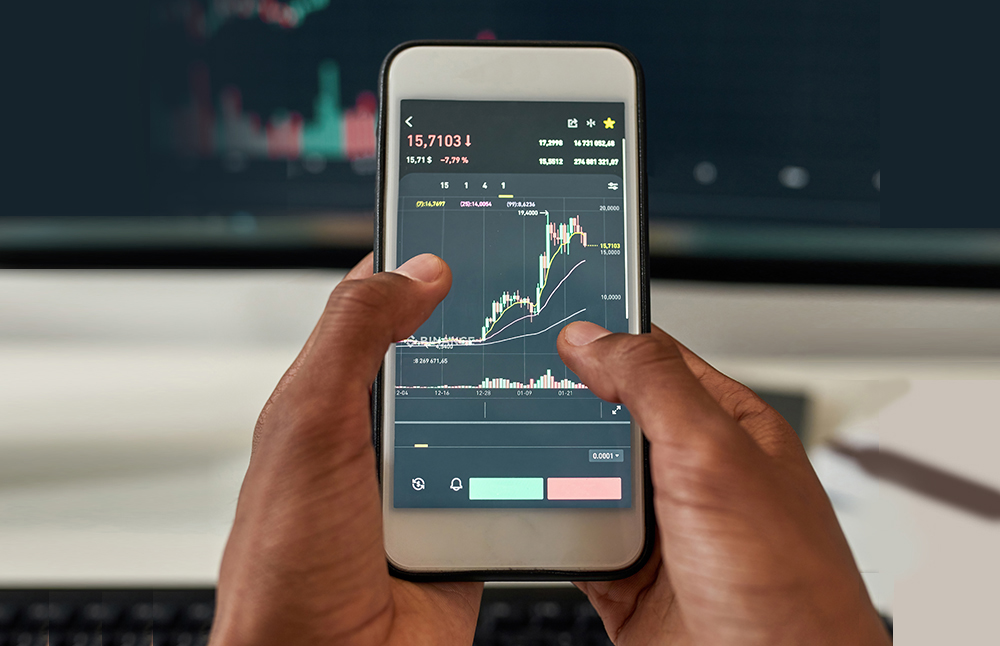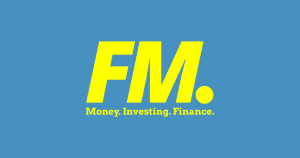CFDs are often used to earn money.
Contracts for difference (CFDs) are a form of derivative trading that can be used to earn money. It is important to understand the algorithms and rules of trading and trade using a CFD account.
When investing, there is an interaction between the seller and the buyer, the result of which is a purchase and sale transaction. This is similar in trading, although you don’t take ownership of the asset directly. Financial assets can include stocks, bonds, currencies and more.
CFDs are an agreement to exchange different prices for a specific asset between the time that you open the contract and close the contract. In this case, you can benefit from an increase or decrease in value, although you can also experience losses if the markets move against your favour.
How to manage capital risk
Market risk in CFD trading is a common occurrence. You can face serious difficulties and suffer losses. To avoid unnecessary risks, you could follow some simple guidelines:
- Deal with trusted intermediaries
- Study the market
- Have an analytical approach
- Buy several assets that belong to different industries to diversify your portfolio
News is an important aspect
Traders should stay aware of events in the financial markets that can influence price movements. As releases such as company reports are prepared in advance, trends can be discerned.
The mood of market participants can change quite quickly, and a CFD trader needs to be ready to take decisive action. The news trading strategy is well suited for determining price volatility in the short term. It can be used for the following:
- Gain on a predictable price difference
- Analyse available information from the general environment
- Open new positions based on news events and releases
- Take into account the factor of positive and negative impact on open positions
If you miss important information, you may lose time also. Some releases may have a significant impact on certain sectors of the economy, as well as on specific countries and regions.
If you’re considering entering into large positions before the release of major news, you do not know how the market will behave, so it may be better to wait in some instances. Keep an eye on company earnings reports, dividend information and other important news.
Hedging
Hedging is implemented in two ways. In the first case, you acquire opposite assets. If there is a crash in one market, you could benefit from stability in another market. In the second case, you buy and sell the same instrument, therefore insuring yourself against serious price fluctuations of the asset.
CFD hedging is characterized by the following features:
- The strategy becomes especially relevant if the level of price fluctuations is high
- This method is often used when there is a need to fix the profit
- The level of risk is reduced to a minimum
Suppose you’re trading CFDs on Netflix shares. They’re 2% more expensive, and that growth should continue. But you intend to protect that profit. In this case, you can close the position or resort to hedging.
You could enter into a contract for difference in the other direction, which will allow you to avoid problems when the share price declines. If you have such a position, you are less likely to suffer losses. However, this method should not be used in all situations and isn’t guaranteed to protect you.
Example
For a better understanding of the CFD trading process, let’s look at two examples of transactions. Suppose you buy Apple shares at $160 per share. After a week, their value increases to $180. If you decide to sell them, you will net a profit of $20.
Now consider another scenario where you purchase a CFD contract for shares in the same company. With the help of leverage, instead of $20, you could earn $100 or even more as the value increases (or lose that equal amount if unsuccessful), as leverage gives you greater exposure to the markets. It should be noted that it takes tens or hundreds of thousands of dollars to invest in a large share, so trading derivatives is a much easier option for many people.
Conclusion
The advantages offered by CFD trading need to be compared with the disadvantages if you’re making a decision on whether to trade. Of course, no one promises guaranteed success. CFDs can open up great opportunities if you properly analyze the market, choose a successful strategy, and show flexibility and consistency in your approach.
Spread bets and CFDs are complex instruments and come with a high risk of losing money rapidly due to leverage. The vast majority of retail client accounts lose money when spread betting and/or trading CFDs. You should consider whether you understand how spread bets and CFDs work and whether you can afford to take the high risk of losing your money.
Marketing for CFDs and spread betting is not intended for US citizens as prohibited under US regulation.













